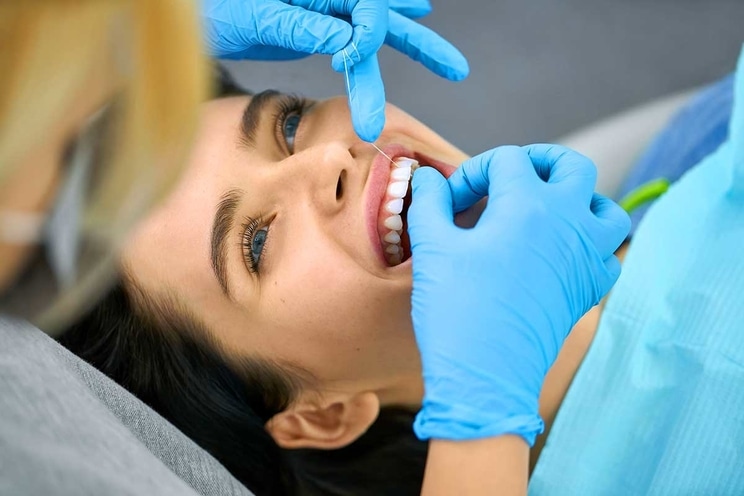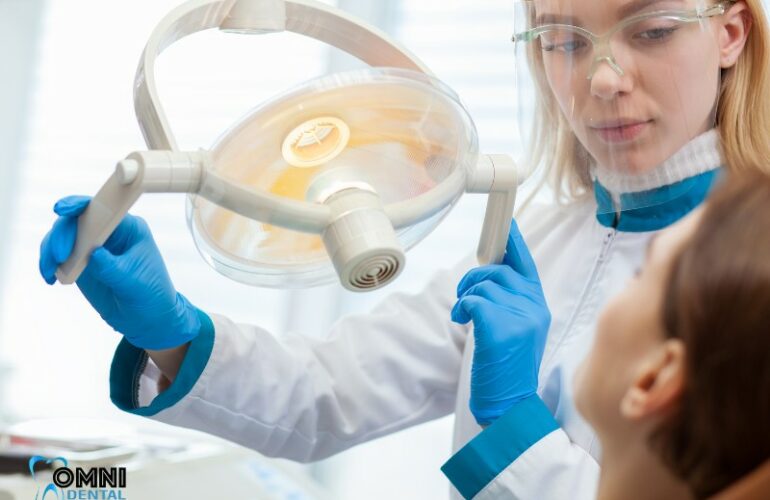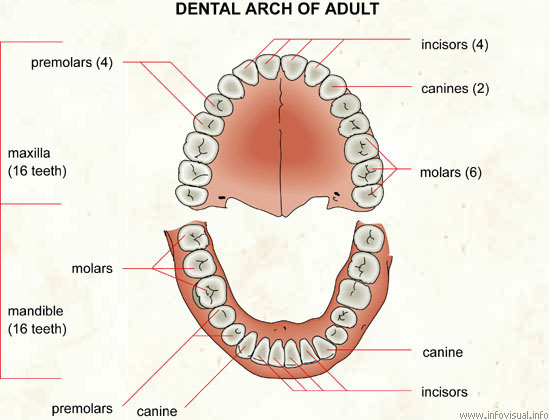only 64% of Americans aged 18-64 visited the dentist in 2017. Many adults are in the habit of only going in to see their dentist when there is a dental emergency.
Admittedly, visiting the dentist is not high on most people’s fun things-to-do list. We have busy lives and want to avoid taking unnecessary time out for things like going to the dentist if we don’t need it. Here we take a look at some recommendations and reasons behind making and keeping appointments with the dentist’s office.
Follow Best Oral Hygiene Practices
visiting dentist regularly, cleaning and dental checkups with your dentist every six months is something you shouldn’t miss, Remember, a small cavity over time can end you up with severe pain and root canal.
but it is all up to you to take care of your teeth while you are away from the chair. Let’s take a moment to review ways to keep our teeth clean and our mouth happy.
Brushing
Most people are aware that brushing their teeth twice a day is one of the most important practices for removing plaque and bacteria and keeping teeth clean. However, brushing may only be effective if people use the correct technique.
Flossing
Flossing can remove plaque and bacteria from between the teeth, where a toothbrush is unable to reach. It can also help prevent bad breath by removing debris and food that has become trapped between the teeth.
Mouth Wash
Research has shown that mouthwash helps prevent plaque build and gingivitis. Again, the caveat to the great benefits of mouthwash is that you have to use it in conjunction with a good daily oral care routine that includes regular brushing and flossing. In addition, studies have also shown that mouthwash with fluoride has brought down the number of cavities in children by more than fifty percent in the last few decades.
Avoid or Limit Certain Foods and Drinks
Sugary foods and drinks are notorious for tooth decay. Bacteria love sugar as much as we do and this sugar-loving bacterium promotes tooth decay. Not to say you can’t eat and drink sugar and still have great teeth, but you are going to need to brush good and often if you do.
Preventing Oral Disease
In addition to deep cleaning your teeth, your dentist and hygienist will perform a thorough oral exam (which may include x-rays) to determine whether you have, or are developing, any oral health problems.
There are many problems that your dentist and hygienist will be able to identify early on that you may not, because they require a trained eye and x-rays to spot. These include cavities, gingivitis, and even oral abnormalities like oral cancer and cysts.
Dental Check Every 6 Months
Getting your teeth cleaned every six months gives your dental care team a chance to examine your oral health. They’ll use a mirror to evaluate your teeth and gums. The hygienist will look for signs of gingivitis, including inflammation, bleeding and tenderness.
Gum disease is the primary cause of tooth loss. Having your gums assessed every six months can help you keep your teeth as you get older.
Regular Cleanings Remove Plaque and Tartar
One of the aspects of a dental cleaning that takes the most time is the plaque removal process. The dental hygienist uses a tool called a scaler to scrape the plaque off of your teeth. Even if you are fanatical about flossing, you might have trouble accessing hard-to-reach areas. The dental hygienist can get into tight spots between the teeth and toward the back of the mouth.
But plaque isn’t the only buildup that can develop on your teeth. Tartar develops when plaque is not completely removed.
Plaque is a film that is always growing on your teeth. It’s colorless, but it’s sticky. It can accumulate on any tooth surface but is particularly prevalent around the gum line. Plaque is colorless, and you probably won’t notice that it’s there.
However, it contains bacteria that can lead to cavities, gingivitis and other dental conditions. You might notice the symptoms of tooth problems without realizing that you have plaque.
If you have a diligent dental hygiene regimen at home, you might not have a problem with plaque. But you might not be able to remove all of it on your own.
When plaque remains on the teeth, it combines with your saliva to harden into tartar, or calculus. Tartar is much harder than plaque. It’s also yellow or brownish.
Tartar can make you lose your teeth or develop a receding gum line. It also contributes to decay and gum disease.
You can’t remove tartar at home. A professional cleaning is the only way to get rid of the unsightly tartar that can weaken your oral health.






